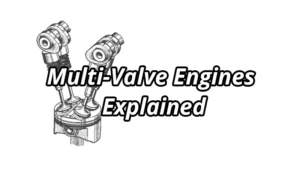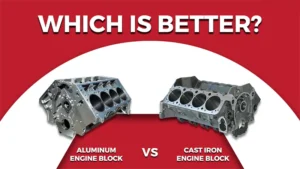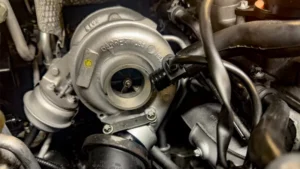The engine is the heart of any vehicle. Without a healthy engine, a car simply cannot perform efficiently, safely, or reliably. However, like all mechanical components, engines wear over time. Recognizing the signs that indicate an engine may need replacement is crucial for vehicle owners and fleet operators alike. Ignoring these signs can lead to costly repairs, breakdowns, and even safety hazards on the road. In this article, we explore the key engine replacement signs, how to evaluate engine health, and what options are available when replacement becomes necessary.
Understanding the Importance of Engine Health
Modern engines are complex machines that rely on precise interactions between hundreds of components. Pistons, cylinders, valves, and crankshafts must work together flawlessly to ensure optimal performance. Over time, however, wear and tear, poor maintenance, or manufacturing defects can compromise engine functionality. Recognizing early indicators of engine problems allows vehicle owners to make informed decisions before minor issues escalate into major failures.
Engine replacement is not a step to be taken lightly. It involves significant investment in parts and labor. Nevertheless, timely replacement can save money in the long run by preventing catastrophic engine failure and ensuring the vehicle remains reliable.
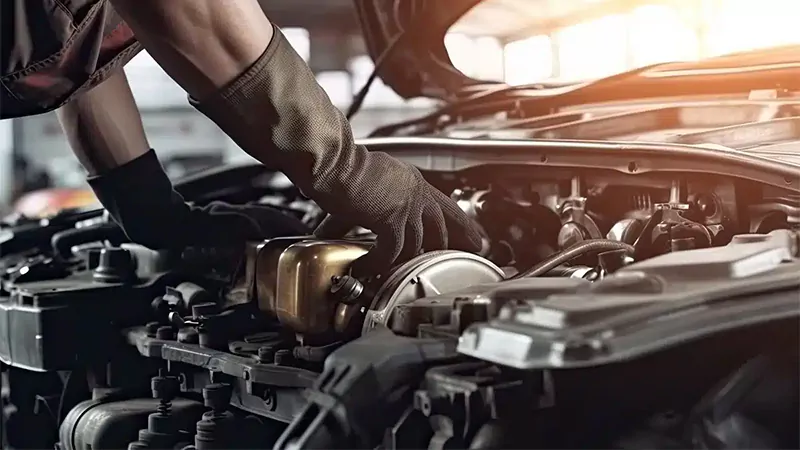
Common Engine Replacement Signs
1. Excessive Smoke from the Exhaust
Exhaust smoke is one of the clearest indicators that an engine may be failing. The color and consistency of the smoke can help diagnose the underlying issue:
- Blue smoke: Typically caused by burning oil. This suggests worn piston rings, valve seals, or cylinder walls. Persistent blue smoke indicates that the engine’s internal components are deteriorating and may no longer maintain proper compression.
- Black smoke: Results from excessive fuel combustion. Possible causes include malfunctioning fuel injectors, a clogged air filter, or turbocharger issues. While sometimes fixable, long-term black smoke often points to deeper engine wear.
- White smoke: Indicates coolant entering the combustion chamber, usually due to a blown head gasket, cracked cylinder head, or damaged engine block. Continuous white smoke is a serious warning of major engine damage.
- Grey smoke: Often linked to burning transmission fluid in vehicles with automatic gearboxes, usually due to a faulty vacuum modulator. It can also indicate a combination of oil and coolant burning together inside the combustion chamber, or a failing turbocharger seal. In some cases, grey smoke results from improper fuel-air mixture caused by a malfunctioning fuel injection system. Persistent grey smoke should be investigated promptly to avoid further engine or transmission damage.
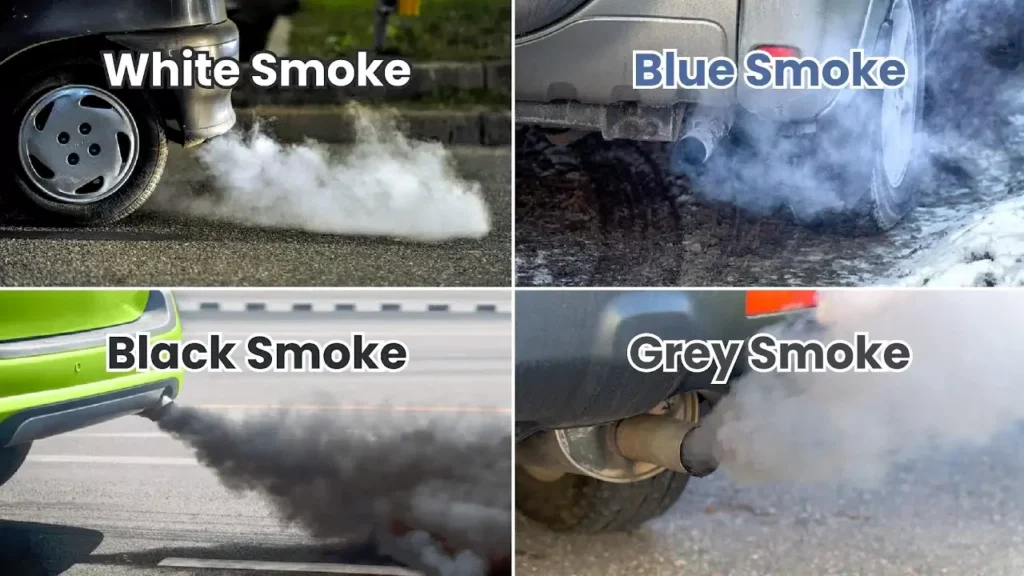
2. Unusual Noises
Engines should operate smoothly with consistent rhythm. Unusual sounds often indicate internal damage:
- Knocking or pinging: Caused by detonation or pre-ignition, which can stem from worn piston rings, low compression, or carbon buildup.
- Tapping or ticking: Can point to lifter or valve train problems. If persistent, these noises may signify that engine replacement is a more practical solution than repeated repairs.
- Grinding or metallic noises: Often a sign of severe internal damage to moving parts such as bearings or the crankshaft. Ignoring these sounds can lead to catastrophic engine failure.
3. Excessive Oil Consumption or Leaks
Proper lubrication is essential for engine longevity. Warning signs include:
- Rapid or unexplained loss of oil.
- Visible leaks around gaskets, seals, or the oil pan.
- Oil contamination, such as milky oil indicating coolant mixing with oil.
Minor leaks can sometimes be repaired, but consistent oil problems accelerate wear and may make engine replacement the most economical option.
4. Overheating Issues
Frequent engine overheating damages critical components and can be an indicator of a failing engine:
- Warped cylinder heads or damaged gaskets.
- Cracks in the engine block.
- Overheating caused by cooling system failures, low coolant levels, or internal engine damage.
Repeated overheating episodes often signal that the engine has reached the end of its useful life.
5. Loss of Power or Poor Performance
A gradual decline in engine performance is a key sign that replacement might be necessary:
- Difficulty accelerating or maintaining speed.
- Reduced fuel efficiency.
- Irregular engine idling or stalling.
These issues often stem from worn cylinder walls, piston rings, low compression, or failing fuel delivery systems. While repairs can temporarily restore performance, persistent decline usually warrants a replacement engine.
6. Engine Misfires or Check Engine Light Activation
Frequent misfires, rough idling, or repeated triggering of the check engine light can indicate serious internal issues:
- Worn spark plugs, ignition coils, or injectors.
- Internal component wear leading to uneven combustion.
- Persistent warning lights that cannot be resolved through standard repairs may indicate the engine has reached its end of life.
7. Coolant Contamination
If coolant is contaminated with oil or debris, it may indicate internal engine damage:
- Oil mixed with coolant can result from a blown head gasket or cracked engine block.
- Discolored or foamy coolant often signals severe internal failure.
Such contamination not only damages the engine further but can also affect the entire cooling system, making replacement the safest choice.
8. Excessive Vibration
Excessive vibration or shaking, especially during acceleration or at idle, often points to internal problems:
- Imbalanced crankshaft or connecting rods.
- Worn engine mounts.
- Internal component wear leading to uneven operation.
While some vibration issues can be addressed, persistent abnormal vibrations often indicate the engine’s structural integrity is compromised.
9. Engine Age and High Mileage
Even if performance seems adequate, very high mileage or advanced engine age can be a valid reason for replacement:
- Engines over 200,000 miles may have worn components that are prone to failure.
- Older engines may not meet current efficiency or emission standards, making replacement more cost-effective in the long term.
Evaluating Engine Damage
Before deciding on replacement, it is essential to evaluate the extent of engine damage:
- Compression Test: This test measures the pressure in each cylinder. Low or uneven compression readings often indicate worn components such as piston rings or valves, signaling that a rebuild or replacement may be necessary.
- Visual Inspection: Mechanics can look for visible signs of damage, such as cracks in the engine block, warped cylinder heads, or damaged gaskets.
- Professional Assessment: Experienced technicians can diagnose underlying issues using diagnostic tools, determining whether repairs are feasible or if full replacement is the most practical option.
Options Before Full Replacement
In some cases, full engine replacement may not be the only solution. Consider the following alternatives:
- Engine Rebuild: Replacing worn internal components while retaining the original engine block can restore functionality. A rebuild can be cost-effective but requires skilled labor.
- Repair of Specific Components: Addressing individual issues such as head gasket failure, valve problems, or worn bearings may extend engine life. However, multiple recurring issues may indicate that replacement is ultimately more economical.
Choosing the Right Replacement Engine
If replacement is necessary, selecting the right engine is crucial:
- OEM Engines: Original Equipment Manufacturer (OEM) engines offer compatibility and reliability but can be expensive.
- Aftermarket Engines: High-quality aftermarket engines can be a cost-effective alternative but require careful selection to ensure durability and fit.
- Bare Block, Short Block, or Long Block Options:
- Bare Block: Engine block only, suitable for custom builds or experienced rebuilders.
- Short Block: Includes block, crankshaft, pistons, and connecting rods; ideal for partial rebuilds.
- Long Block: A fully assembled engine including cylinder head, valves, and camshaft; convenient for direct replacement.
Consider factors such as warranty, mileage, and intended use when choosing a replacement engine. Ensuring compatibility with your vehicle model and drivetrain is essential for long-term performance.
Maintenance Tips to Extend Engine Life
Prevention is always better than cure. Proper maintenance can significantly delay the need for engine replacement:
- Regular oil changes using high-quality lubricants
- Routine coolant checks and flushes
- Timely replacement of belts, hoses, and filters
- Monitoring engine performance and addressing minor issues promptly
A well-maintained engine can last far longer than a neglected one, providing better value and reliability.
Conclusion
Recognizing engine replacement signs is vital for vehicle owners, fleet managers, and automotive professionals. Key indicators such as excessive smoke, unusual noises, oil consumption, overheating, and declining performance should never be ignored. By conducting proper evaluations, considering repair options, and choosing the right replacement engine when necessary, vehicle operators can ensure safety, reliability, and cost-effective operation.
Timely action not only prevents major breakdowns but also extends the life of the vehicle and protects investments in automotive assets. Understanding the warning signs of engine wear empowers users to make informed decisions, keeping vehicles running smoothly for years to come.
If you determine that your engine needs replacement, we at XJINJIN Manufacturer are ready to assist. We provide high-quality engines and professional service to ensure a reliable and efficient replacement process. Our commitment to quality and customer satisfaction guarantees that your vehicle will receive the best care possible.

